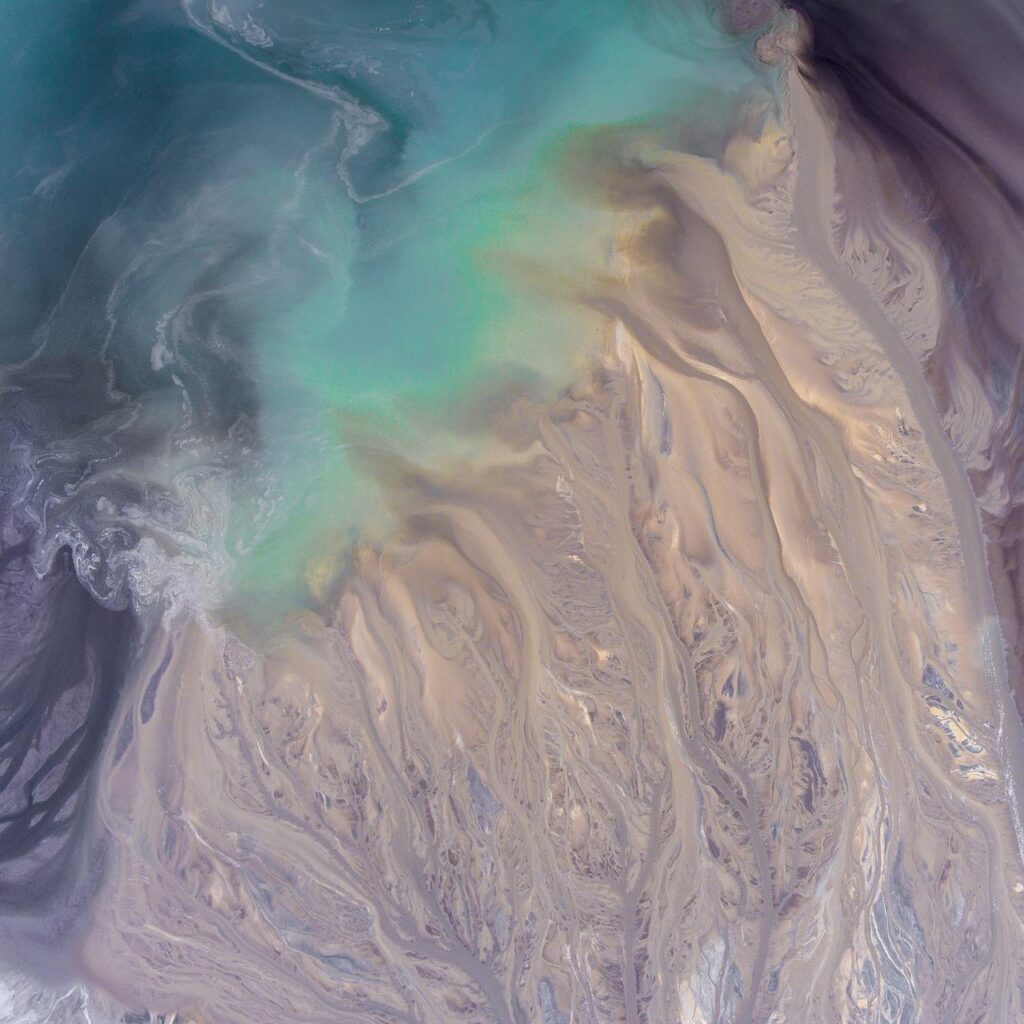
Chemical products should be designed so that at the end of their function they break down into innocuous degradation products and do not persist in the environment.
Ultimately, the goal for green chemistry is to leave the environment as it was, and to avoid any harm to the people who must handle these chemicals. Many people are familiar with the concept of biodegradation and assume that it’s an unqualified good. If the material in a chemical process is organic and will degrade, then it’s not harmful, right? Two examples of biodegradation we appreciate and promote as a society are composting and water treatment plants.
However, just because something is organic and will decompose does not mean that it isn’t harmful in the wrong environment or quantity. One example is the molasses pipeline spill that occurred in Honolulu, Hawaii in September of 2013.
Molasses is, of course, edible, and it’s soluble in water, but it’s also a very dense material, and when 200,000 gallons of it spilled from a pipeline and sank to the bottom of Honolulu Harbor, it smothered the sea life there. The good news is that via bioremediation, bacteria in the water should be able to consume the sugar in the molasses and restore the harbor much faster than an oil spill. The bad news is, thousands of dead fish and a huge mess that takes time to fix.
The parts cleaners that AEC Systems designs rely on aqueous cleaning rather than solvents. This means that they are safer and do not have the same amount of toxic byproducts or wastes that must be disposed of after the fact. However, our clients are looking for solutions that have no after-the-fact wastes, including wash water or heat byproducts, both because these processes are green and because governments are becoming ever more restrictive about heat and water wastes.
Designing safer chemicals and waste prevention and management work in tandem with other goals like design for degradation. It’s AEC’s goal to design and manufacture parts cleaning solutions that are efficient, inexpensive, and green to operate while meeting stringent requirements for cleanliness. Every stride made in green chemistry will eventually be incorporated in everyday products like ours, which is why every new discovery in modern chemistry is exciting to read about.
